I n the dynamic landscape of brand marketing, crafting a strategic plan is akin to embarking on a grand voyage – it’s about charting a course to not just navigate the present, but also to anticipate the winds of change and prepare for what lies ahead. Let’s dive into the phases of this strategic planning process, which, when executed meticulously, leads to a successful creative campaign deployment.
1. Client Brief: Setting Our Compass
Our strategic journey commences with the client brief. This document is the star by which we navigate; it encompasses the essence of our brand planning, offering a clear view of where we stand and where we aim to go. It’s an examination of our brand’s place in the category context, understanding the market currents and competitive climate we’re sailing through.
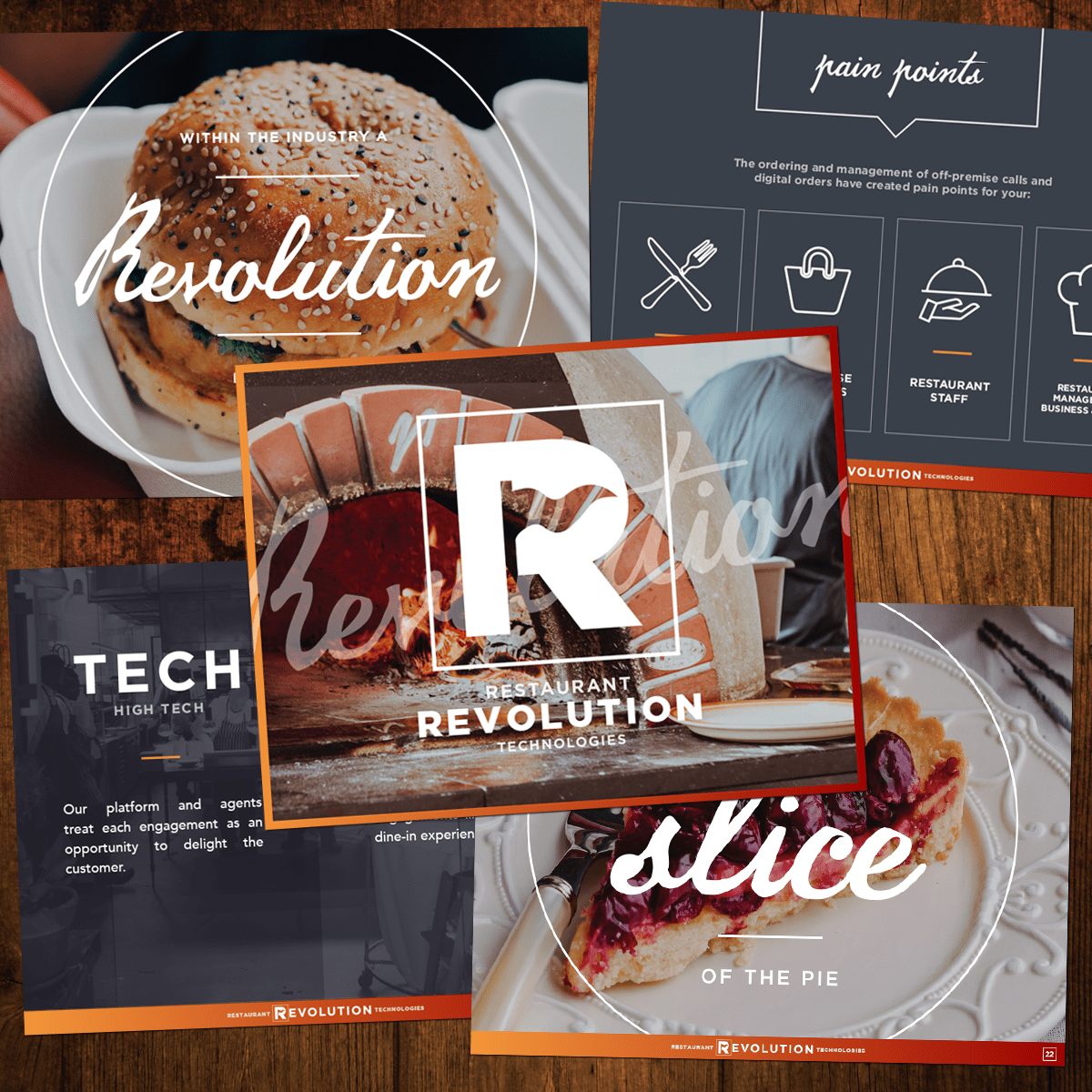
2. Brand Planning: Crafting the Vessel
Brand planning is the keel of our ship, providing the structure upon which everything else is built. It involves distilling the essence of the brand – its purpose, promise, and emotional connection to consumers. Our brand must not only float but cut through the waves with grace and power, distinctive from all other vessels in the sea.

3. Category Context: Charting the Market Seas
Understanding the category context is like understanding the seas we navigate. It’s an evaluation of the market at large – the trends, the competitive dynamics, and the opportunities that lie within. This understanding ensures that our strategic plan is not created in a vacuum but is informed and adaptive to the category currents.
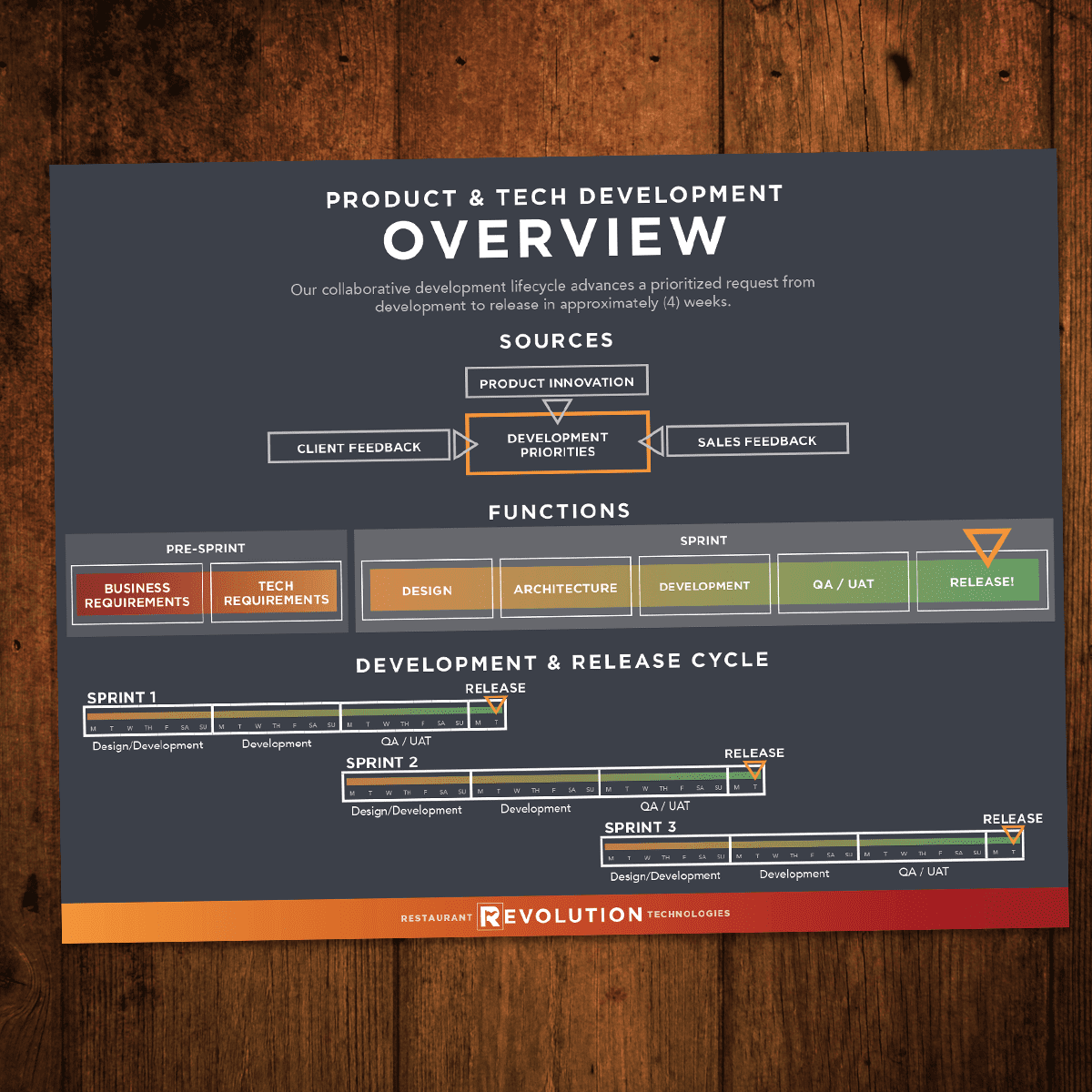
4. Consumer Truth: The Compass Rose
Central to our journey is the consumer truth – these are the core insights into our consumer’s beliefs, needs, and behaviors. It serves as the compass rose on our map, guiding every decision we make. It is the deep, sometimes unspoken, truths that resonate with our audience on a profound level.
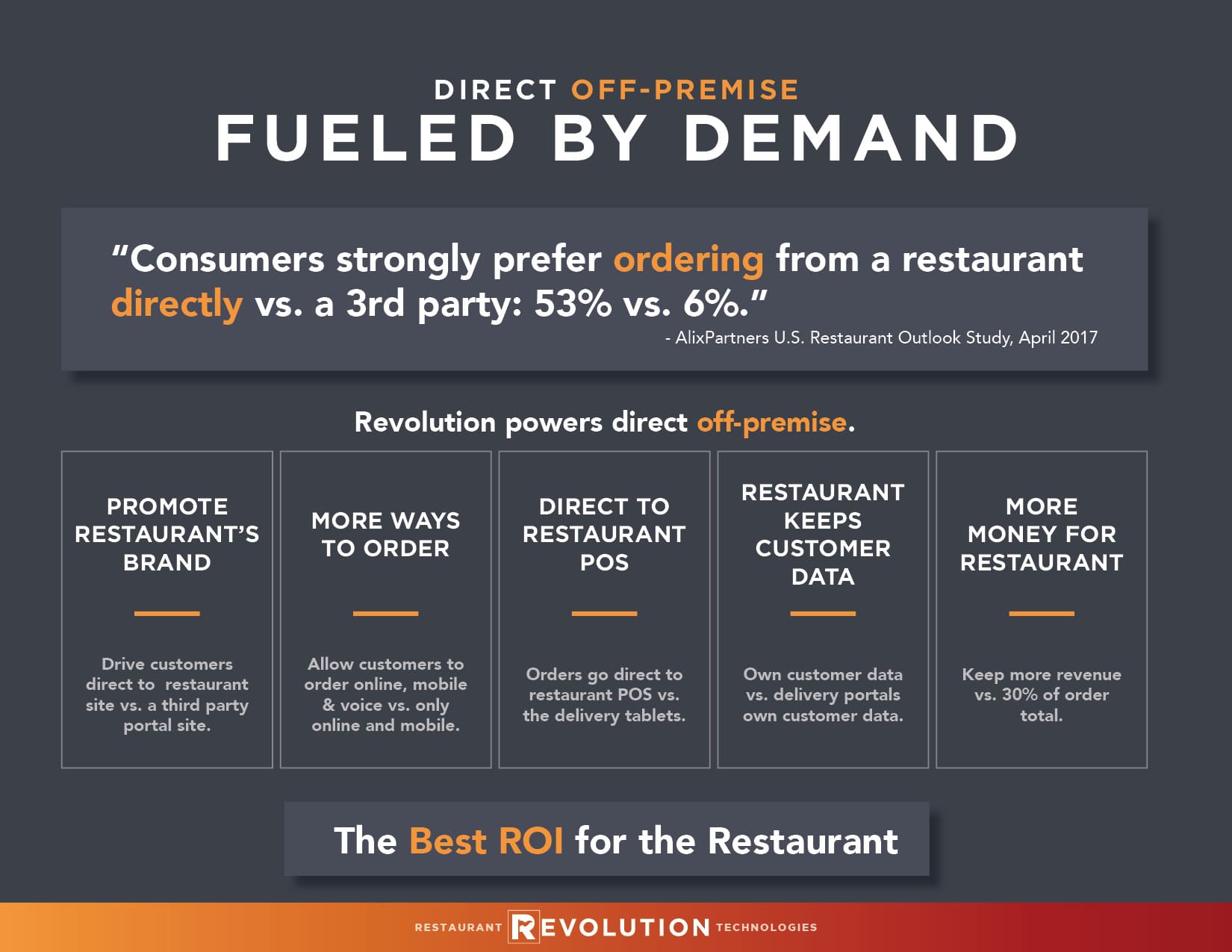
5. Product Insight: The Anchor
Product insight is the anchor of our strategy. It’s a deep dive into what makes our product unique – its features, advantages, and the needs it fulfills. This insight ensures that the product is always the hero of our story, tethered firmly to the consumer’s needs and desires.
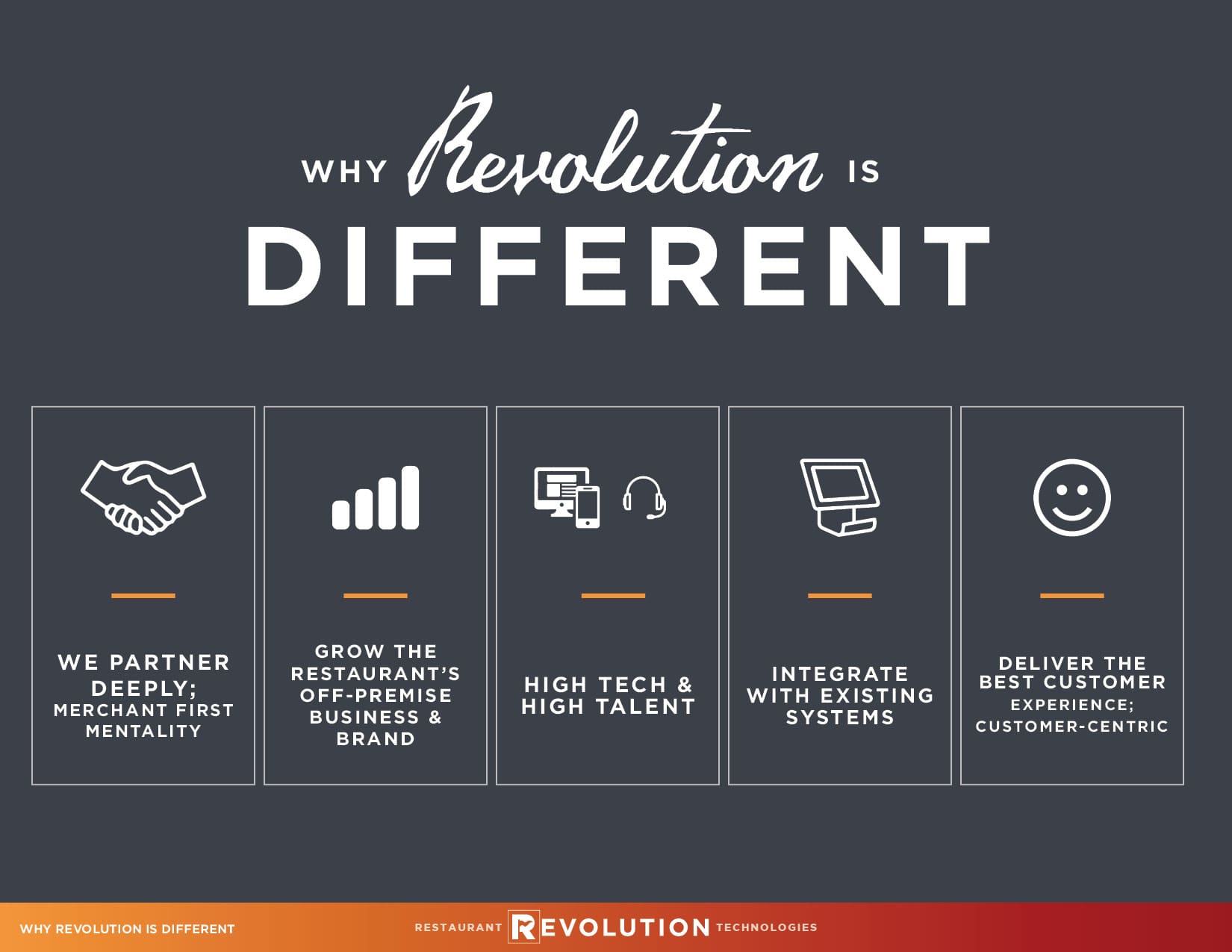
6. Cultural Tension: The Winds of Change
Cultural tension is the wind that fills our sails. It’s the societal shifts, the conversations happening in the world that our brand can authentically tap into and address. Identifying the cultural tension allows us to position our brand as a relevant and responsive player in a changing world.
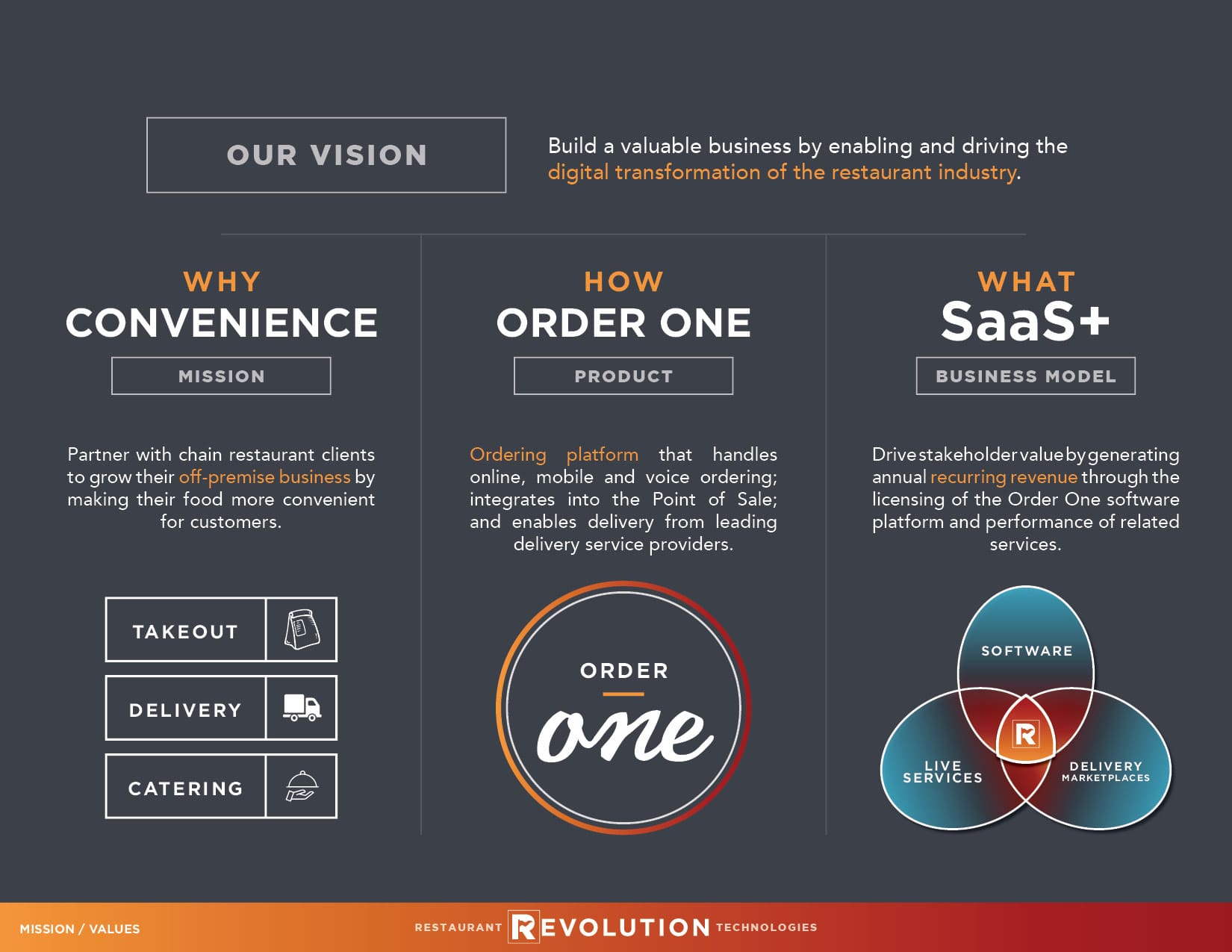
7. Strategic Idea: The Voyage Blueprint
The strategic idea is the blueprint for our voyage. It’s the central, unifying concept that will inform all the brand’s actions and communications. It’s an idea that is insightful, resonates with our audience, and is strong enough to cut across all touchpoints in the brand experience.

8. Connection Planning: Mapping the Consumer Journey
Our strategic planning process then moves to connection planning, where we map out the consumer’s purchase journey. We gather consumer connection insights to understand how they interact with the brand across all touchpoints. We determine priority channels and experiences, both paid and owned, ensuring that our message is heard loud and clear across the most effective platforms.
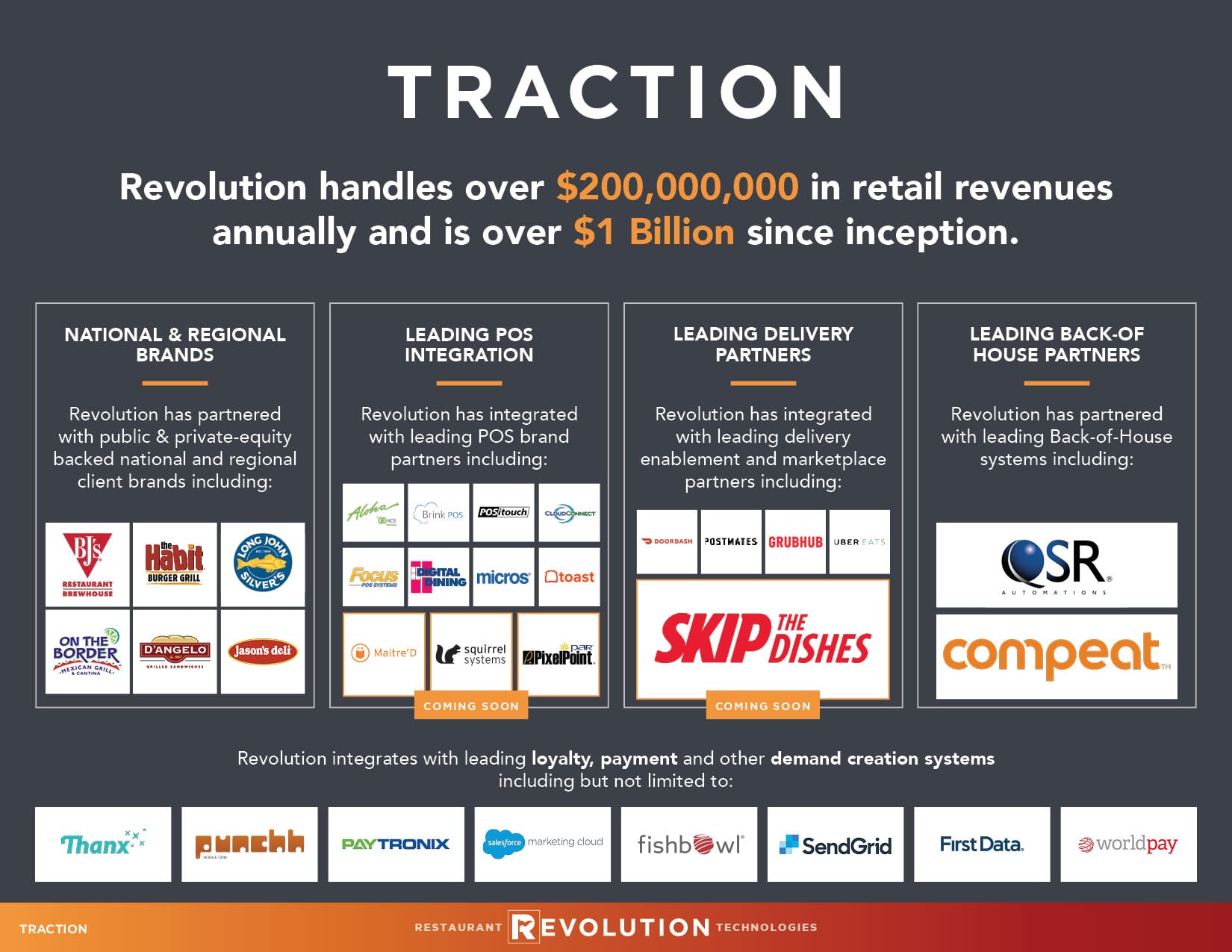
9. Communication Planning: Charting the Message
Communication planning is about overcoming barriers and defining tasks. It’s about crafting key messages that will resonate and ensure consumer takeaways are clear and compelling. The channels for these communications are chosen based on where our audience is most attentive and receptive.
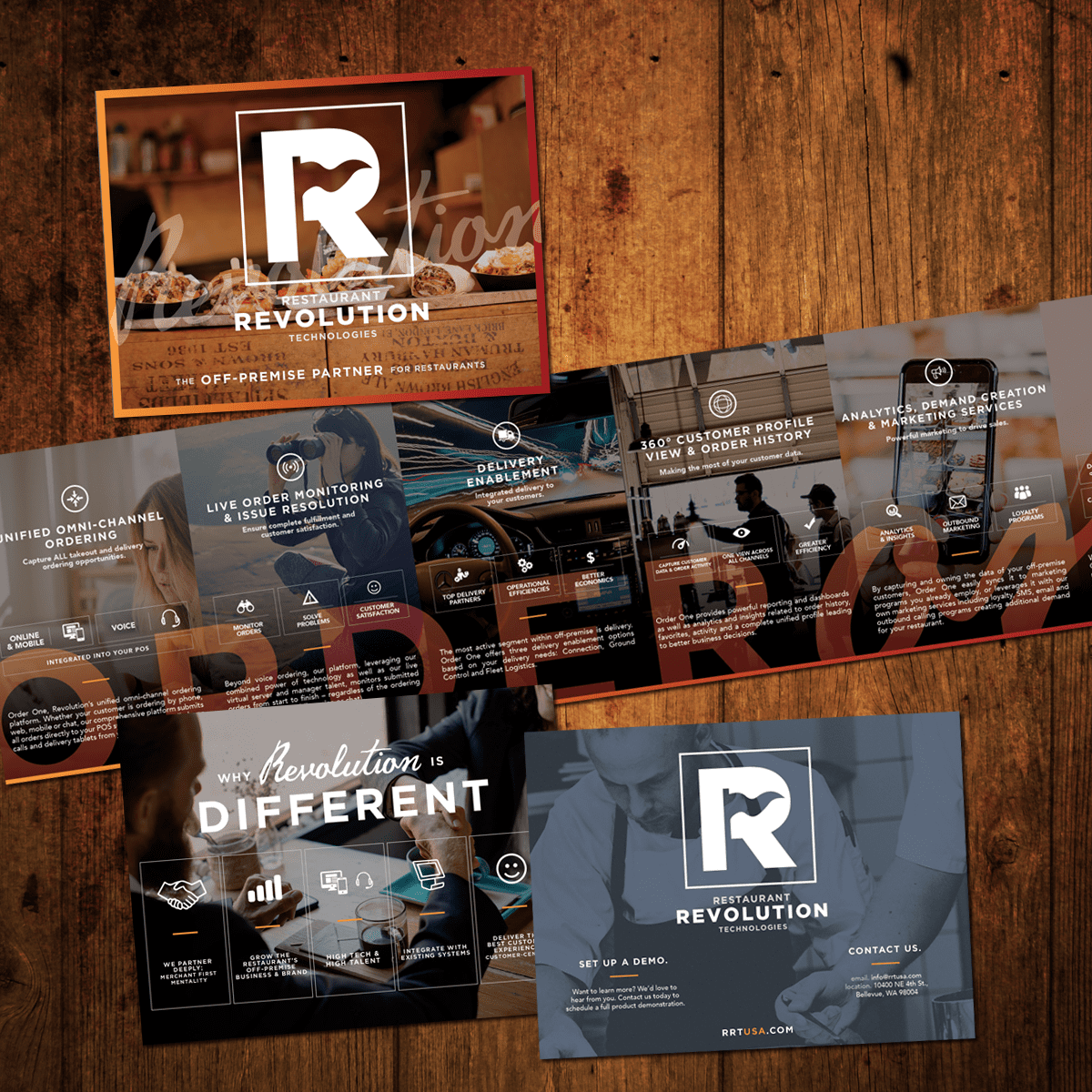
10. Creative Campaign Deployment: Setting Sail
With our strategic plan in hand, we set sail with our creative campaign deployment. Here, creativity meets execution, and our strategic insights are brought to life. We measure our progress against the goals, learning from the data we gather, and continuously optimizing our course. This iterative process ensures that our strategy doesn’t just exist on paper but thrives in the real world.

T his holistic approach to strategic planning is a cyclical journey, not a one-time event. It’s a continuous loop of planning, execution, and refinement. The end goal? A brand that not only reaches its destination but is ready to set sail again, equipped with the knowledge and experience gained from the journey thus far.





